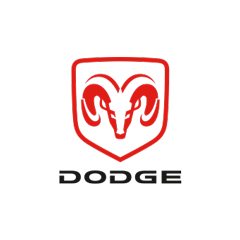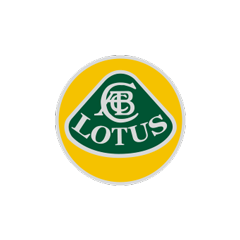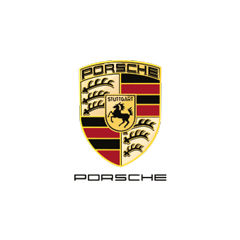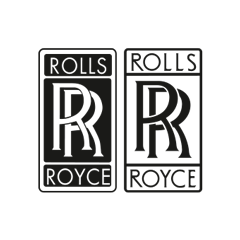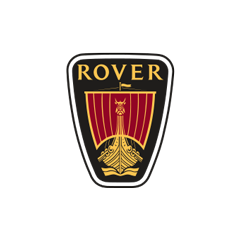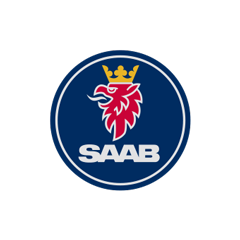Jaguar made another step forward for its flagship limousine, the XJ, in 1994 when it unveiled the X300 project.
While it was instantly recognizable as an XJ, it featured an updated design where the difference was in the details.
The car was a hybrid development between Ford’s demands and British engineering. While it had to stick with some mandatory parts developed by its new owner, Jaguar could use its older inline-six and V12 engines, along with the independent rear suspension.
When Geoff Lawson penned the vehicle in 1991, he had to comply with the carmaker’s design language and carried over the cues from the previous XJ, code-named XJ40. He created a similar flat hood with a small bulge in the middle, symbolizing the longitudinally-mounted engine. One big change was for the headlights, which didn’t share the same cluster anymore. Moreover, unlike its predecessor, it was not available with rectangular headlamps. Another important change was for the bumper, which was not metallic. But the designer managed to preserve the short greenhouse, just enough to host passengers inside without a tall hat.
The cabin offered room for four passengers with a big center console separating the front seats. Depending on the options, the seats were covered with wool or leather, and the wood trims were present on the door panels, dashboard, center console, and surrounding rear climate control vents. Yet, the headroom was not big enough for anyone taller than the average, and the legroom was good only in the long-wheelbase version of the XJ.
Under the hood, Jaguar installed its 3.2-liter, 4.0-liter inline-sixes, while the range-topper featured a 6.0-liter V12. This generation was built upon a new platform, named XJ81.















